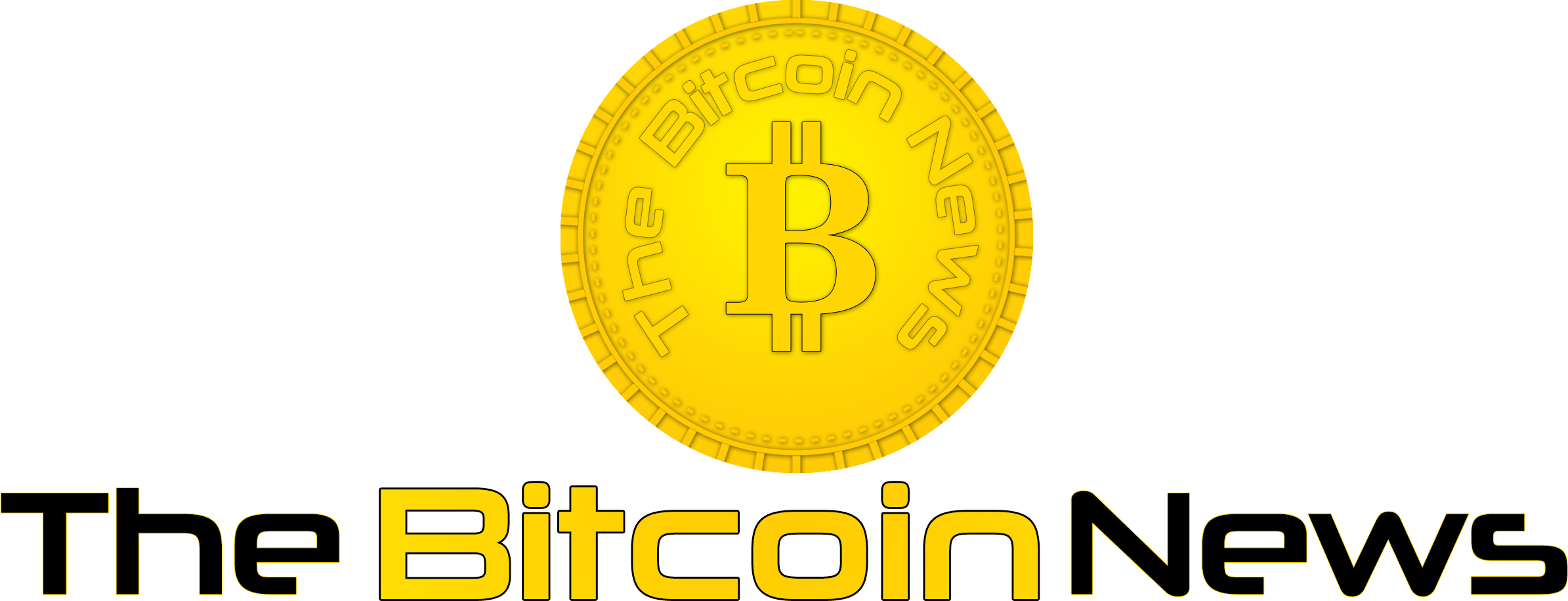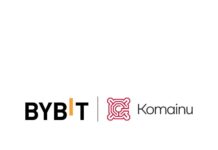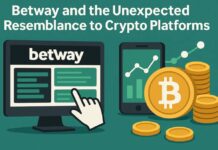
Perhaps the blockchain revolution is yet to happen and the distributed ledger technology, as well as cryptocurrencies, have not integrated into our daily lives fully. But for the last several years we see different real sector companies and startups try to tokenize, integrate with blockchain — or simply put, sugarcoat and sell their product (even if nobody needs it) through various methods, like ICOs (initial coin offerings), TGEs (token generation events) or even simple exchanges or swipings of their product tokens for much more valuable and circulated cryptos.
How does it work, what are they in a nutshell and what are the drawbacks of such offerings?
It all began with the crypto hype of 2017: many real sector manufacturers and sellers have got an idea to make a quick and easy buck via trendy blockchain projects. Disguised as startups tons of various things went through ICOs: coal and gold, diamonds and granite, natural resources, car services, co-working space spots, hotel rooms, waterparks and other stuff without number. In short, a lot of things that had nothing at all to do with blockchain suddenly acquired their own blockchain-protocols, crypto tokens and teams of international advisers as members of of the Expert Council for an out-of-town carwash.
Some people would consider this approach rather ridiculous, and yet some of these ICOs were pretty successful and raised more than a million dollars each. Perhaps this is the future of cryptocurrency funding? For better or worse, time has put everything in its place. None of the real sector projects managed to bring their investors interesting and functional business models, token price growth and, most importantly, profit.
Let’s look at several main problems that stood in the way of the projects that tokenized real sector products and conducted an ICO.
1.The biggest problem. Project tokenomics.
Creators of these ICOs have chosen three main ways of using tokens in their businesses. The first one is exchanging products for tokens, where a product costs more than the token in the real world, thus forming the price difference that will allow the buyer of these crypto assets to profit. The second way is the exclusivity right, when without owning the token a user would not be able to use some special services of the token issuing company. And the last one is the right to dividends, a share of the business or the right to make certain company-wide decisions.
In the first case the problem is not the idea of earning money via the difference between the prices of the asset and the token, but the buyer or sometimes ICO investor himself. The vast majority of token buyers are not at all interested in receiving the physical product, since there are no infrastructure or instruments in place for its further use and sale. In other words, if you let’s say have a GOLD token that gives you the right to receive a bar of gold, it’s not always possible to physically get to the place where you’d get it or there is no delivery, finding a buyer for the asset might also get difficult when it stops being digital. Not to mention all the legal consequences, like proving ownership and the right to sell. In reality, the majority of buyers are forced to not utilize their ownership rights, but sell it on cryptocurrency exchanges, where the possible price growth is not transparent. 99% of token buyers look for 1% of real world product buyers to sell them the ownership, which deflates the trading volume and stunts the price growth of the token.
With regard to the means of selling the real sector asset token as a way to receive exclusive products or services, there are two main problems. The first one is that, as we mentioned previously, in the majority of cases the buyers are mostly people who want to profit off of the token and its price growth, not the people who want to receive the final product. The second one is that a company simply cannot offer a sufficient amount of truly exclusive and competitive products and services while competing with the non-exclusive ones and maintaining viability and profitability. Imagine that half of your clients will come for the service that they payed for yesterday at a lower price, while your new profit is formed by today’s clients that don’t have equivalent ownership of products or services. In this case there is no way for a business to be self-supporting in the long term.
With regards to dividend rights, business shares or decision making rights within a company, it is pretty simple. According to the laws of most countries this type of token would be considered a security. The founders of similar crypto projects, with the goal of making a quick buck, either deliberately misled their investors or did not understand the legal consequences of their actions. In the best case scenario, these projects should have simply registered their tokens as a security, but sadly the majority of them had not pursued any other goals except for fraud and misleading investors.
2.The second major problem that real sector asset tokenizing crypto projects face is that they tend to maniacally try to implement blockchain into their business processes. One needs to understand that blockchain can be really helpful to some entities, like banks, insurance companies and governments, to process large quantities of data. Data storage, user-friendliness, security of information — all of this is really important for them. But many of the project founders seem to think that to make an ICO much more attractive, modern and interesting they have to integrate blockchain into it. And so they added blockchain to a car wash, a pizza delivery, a water park or to a coal mining operation.
There is nothing inherently bad about trying to optimize your real sector company business processes. But to successfully integrate blockchain you need the know-how, professionals, time and money, to say nothing of the justification of such integration. You cannot turn a non-core business into an IT startup. All of this is pretty funny, but sad at the same time. Instead of focusing on the main business of “coal mining”, entrepreneurs try to create something completely different like “coal mining data storage and transfer”, thus raising and spending funds on the wrong thing and turning a business with clear vision and ambitions into another incompetent and useless IT startup.
3.Excessive ICO costs
Cryptocurrency price growth and increased interest have caused the prices of services related to ICO tokens marketing and sale to rise. Many have heard that creating a website and investor personal account would cost about $50,000, legal services services for ICO registration may cost up to $100,000, and the price of marketing and social media promotion would be no less that a $1,000,000; while a real sector company would need much less money to create and develop their business and services. To build a real sector business or raise funds for an existing one, you’d need more money than previously mentioned to make an ICO. Even if diamond mining is already really costly, conducting an ICO could potentially kill your project on an early stage, since no one can guarantee that by spending large amount of money you will find investors for your project.
It’s ironic that by trying raise a rather small amount of funds for your project’s launch or development and expecting to not have to spend tons of cash on marketing your ICO, you are most likely doomed to fail. Token buyers need to see the potential breakneck price growth of your cryptocurrency, and thus a small financial goal could deter potential investors. A small project with little ambition is unlikely to provide large trading volume, worldwide expansion and high ranks on the top crypto exchanges.
Because of this a real sector ICOs become either outright scams or illogical enterprises destined to fail.
What is the Product Protocol Platform solution?
By analyzing the real sector ICO market and evaluating the amount of funds raised via selling various cryptocurrencies by businesses unrelated to the development of technological blockchain solutions, we have reached a conclusion that existing ways of crypto fund raising for such projects are ineffective. We identified a number of features that subsequently lead to the idea of the Product Protocol project.
1. While the Soft Cap and Hard Cap goals of raising funds for a project usually were around $2,000,000 to $10,000,000, in reality, when not taking into account ICO cost recovery and the unreasonably increased ambitions, these companies needed much smaller amounts of money. About $200,000 to $1,000,000 by our estimates.
2. The majority of the projects have raised funds not to create revolutionary solutions, but to produce comprehensible products in their respective countries. In other words, there was no need to create a technological startup, just get the financing.
3. In many cases the companies had already been prepared to supply their products to the interested buyers, the ICOs were a way to finish capitalization of these entities or, in some cases, a way to communicate information about their product.
4. In rare instances there were audits, legal and financial evaluations of the product manufacturers. Sometimes token buyers had doubts if the people mentioned on the ICO website even existed.
Can we, bearing in mind everything previously mentioned, conclude that real sector business crypto financing as well as tokenized product and blockchain asset creation is meaningless and has no value?
We do not think so. There are undeniable upsides to real sector manufacturers creating their own tokenized assets.
1. Transnationality and fast exchange and sale. By creating a token that gives the right for a real sector asset, let’s say a bar of gold, you just need to embed its features (weight, price, location and means of obtaining) on the internet. The token transfer itself takes a fraction of a second within blockchain. A Florida resident can transfer the ownership of a bar of gold to a California resident in mere fractions of a second, and the final buyer, that perhaps lives in the country where the gold mine is, can exercise this ownership right to receive the bar of gold without even ever knowing the previous token owners.
2. More favorable terms of purchase in some cases. Generally, during the ICO, the product is sold to a large number of buyers for a more attractive price.
3. In the case of selling a tokenized copy of a digital asset, like software, blockchain allows to store the data about the owners, use and transfer of such assets, which will solve the problem of piracy and theft.
4. Means to receive funding from other countries. Companies in countries with less developed economies will be able to sell their product to clients from countries with higher economic status — a great opportunity to expand the pool of potential investors, buyers and clients for any business.
5. Crypto financing can also be a good alternative to the more traditional bank financing. In some cases it can be less expensive and regulated and more fair and fast.
We have decided to create the Product Protocol project to combine all these undeniable advantages of tokenization for manufacturers and buyers of tokenized assets, and to get rid of the obvious obstacles that stand in the way of blockchain revolution.
Product protocol consists of several services for asset manufacturers and buyers, which will be expanded upon and updated in the future:
1. Asset Tokenization Service
2. Tokenized Asset Sale Service
3. Proprietary Marketplace
4. Tokenized Asset Commodity Exchange
5. Guaranteed Product Realization From the Manufacturer to the End Customer Service
In a way, the idea of Product Protocol is to create a blockchain based equivalent to the well-known ‘Alibaba’ services. But through implementing blockchain into the b2b and b2c trade systems with our own marketplace, we want to revolutionize the world of transborder trade, just like Apple revolutionized phones years ago.
Let’s look at the Product Protocol services by using an example of a real sector software company issuing a token. Let’s call it ‘Newsoft’. We now know all the risks and obstacles such a company would face without the Product Protocol platform.
Newsoft submits an application for the tokenization of some of the digital copies of its software. The goal is to raise $500,000 to finish the development of their project. The software is expected to revolutionize work for designers across the world. The retail price of a digital copy is $10.
After receiving the application, the Product Protocol specialists conduct the formative evaluation of the Newsoft company, as well as verify the existence of the company and its product. In a way, Product Protocol and its partners act as a guarantor of the formative evaluation of the assets on the platform. The owners of the PPO (Product Protocol Tokens) are encouraged to vote whether the Newsoft product is interesting for them and other platform users and whether it should be tokenized.
The tokens of the Newsoft digital copies (A portion of which are sold via the PPA program) are released on the platform for a price of $5 per copy and are offered to the platform users as part of the initial tokenization lot. At this moment only the PPO token owners are allowed to purchase the tokens by using the deposit feature. In the event of the total buyout of the lot, the funds are transferred to the manufacturer to fund the development of the software. The platform users now can trade the tokenized asset.
The product development nears the end and soon enough Newsoft begins selling digital copies on its website for $10 per digital copy. Once this day comes, the Product Protocol platform users that own the software tokens receive their digital key codes for the product. Some can redeem these keys and install the software (end users), others can resell them on the internet, and those who managed to purchase the initial tokens via the PPA program receive guaranteed payments from the Product Protocol platform for each token purchased. Unclaimed copies can still be traded within the marketplace or the PP commodity exchange.
With this example we looked just at the fund raising and product sale features. Newsoft could have used tokenization to expand its client base or to simply bolster security via blockchain, or as a marketing measure. There are many more ways to use the platform while the user friendliness and the modern solutions will allow the platform to compete with the titans of the b2b and b2c trading.
website: https://pprotocol.io/
Telegram: https://t.me/pprotocol
[newsletter_form lists="1"]










